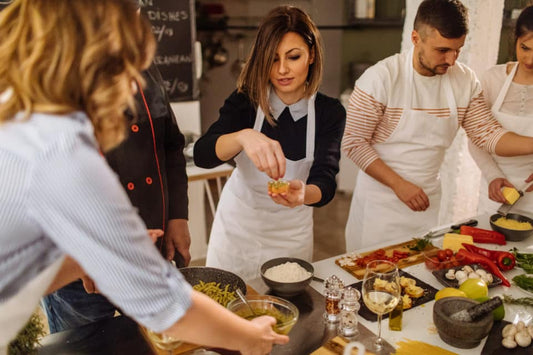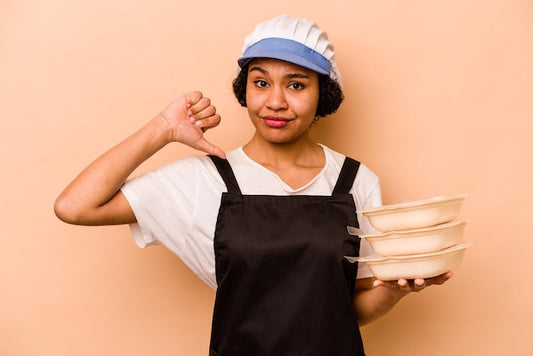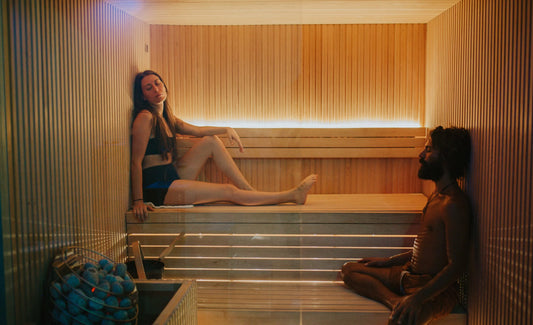Attending a wedding is a joyous occasion, but figuring out what to wear can be daunting. With various dress codes, themes, and cultural considerations, it’s essential to choose an outfit that’s both stylish and appropriate. This guide will help you navigate the complex world of wedding attire, ensuring you look your best while respecting the couple's special day.
Understanding Dress Codes
Weddings typically come with specified dress codes that help guide guests on what to wear. These codes can range from casual to formal, and it’s crucial to adhere to them to avoid being underdressed or overdressed.
Casual
Casual weddings are often held in relaxed settings, such as beaches or parks. For these occasions, comfort is key.
Women: A sundress, maxi dress, or smart jumpsuit works well. Pair it with sandals or stylish flats, and accessorize with simple jewelry.
Men: Opt for chinos or tailored shorts with a smart polo shirt or button-down shirt. Loafers or clean sneakers complete the look.
Semi-Formal
Semi-formal dress codes are more polished but still allow for some creativity.
Women: A cocktail dress or a chic skirt and top combination are great choices. Add heels and statement accessories to elevate the outfit.
Men: A suit without a tie or a smart blazer paired with dress pants works well. A crisp dress shirt and loafers round out the look.
Formal
Formal weddings, also known as black tie optional, require a more sophisticated approach.
Women: Long evening gowns or elegant cocktail dresses are appropriate. Opt for luxurious fabrics like silk or chiffon, and complement with high heels and elegant jewelry.
Men: A dark suit and tie or a tuxedo are suitable choices. Make sure to wear polished dress shoes and consider adding a pocket square for flair.
Black Tie
A black-tie dress code demands the most formal attire.
Women: A floor-length gown is expected, with high heels and elegant accessories. Consider a clutch to keep essentials handy.
Men: A classic tuxedo with a black bow tie is required. Ensure your shoes are polished, and consider wearing cufflinks for an added touch of sophistication.
Seasonal Considerations
The time of year can greatly influence your wedding attire choices.
Spring
Spring weddings are typically colorful and floral.
Women: Embrace pastel shades and floral prints with dresses or skirts. Lightweight fabrics are ideal as temperatures can vary.
Men: Light-colored suits or dress shirts with breathable fabrics work well. A blazer paired with light trousers is also suitable.
Summer
Summer weddings call for lightweight and breathable fabrics due to heat.
Women: Opt for lighter materials and bright colors or bold prints. Maxi dresses and sleeveless styles are popular choices.
Men: Linen suits or light cotton shirts can keep you cool. Don’t forget breathable loafers or sandals.
Fall
Fall weddings often embrace rich, warm colors and layers.
Women: Think jewel tones like burgundy or emerald. Long-sleeved dresses or stylish layering pieces like cardigans or shawls can add warmth.
Men: A medium to dark suit with a tie in warm colors works well. Consider a stylish scarf for an added layer.
Winter
Winter weddings are typically more formal, with opportunities for elegant styling.
Women: Long-sleeved gowns or dresses paired with chic wraps or shawls can keep you warm. Darker hues like navy or deep red are great options.
Men: A dark suit or tuxedo with a tie is ideal. Don’t forget to layer with a stylish overcoat if it’s cold.
Cultural and Religious Considerations
When attending a wedding, it's essential to be mindful of cultural and religious customs that may dictate attire.
Traditional Ceremonies
Some weddings may require traditional attire specific to cultural backgrounds. Research the couple's heritage and dress appropriately, whether it’s a saree for an Indian wedding or a kilt for a Scottish ceremony.
Religious Considerations
Different religions have varying expectations for wedding attire. For example, conservative outfits may be expected at certain ceremonies. It’s always best to ask the couple or their families if you’re unsure.
Venue-Specific Attire
The venue of the wedding can significantly impact your outfit choice.
Outdoor Weddings
For outdoor weddings, consider the location and terrain.
Women: Choose comfortable shoes, especially if the ceremony is on grass or sand. Flowing dresses can be both stylish and practical.
Men: Lightweight materials and smart-casual attire are usually appropriate. Consider the weather and bring layers if necessary.
Indoor Weddings
Indoor weddings can range from casual to formal settings.
Women: Depending on the venue, opt for anything from a chic cocktail dress to an elegant gown.
Men: A suit is typically a safe choice. Pay attention to the venue's atmosphere when selecting colors and styles.
Destination Weddings
Destination weddings often have a specific vibe based on the location.
Women: For beach weddings, consider a breezy sundress. For mountain venues, think cozy yet stylish layers.
Men: Lightweight suits for tropical settings or warm layers for colder climates are ideal.
Accessorizing Your Outfit
The right accessories can elevate your wedding attire and add a personal touch.
Jewelry
Consider the dress code when selecting jewelry. Opt for statement pieces that complement your outfit without overpowering it. For more formal weddings, choose elegant and understated designs, while casual weddings allow for more playful choices.
Footwear
Choose comfortable yet stylish footwear, especially if you’ll be on your feet for long periods. Consider the venue and season when selecting shoes; for example, heels may not be suitable for outdoor settings.
Bags
A clutch or small handbag is often ideal for formal weddings. Ensure it’s big enough to hold essentials but not so large that it becomes cumbersome.
Hair and Makeup
Your hairstyle and makeup can complement your wedding outfit and should align with the formality of the event.
Women
For formal weddings, consider updos or polished hairstyles. Makeup can be more glamorous, focusing on either the eyes or lips. For casual weddings, relaxed hairstyles and natural makeup are appropriate.
Men
While men typically have less variability in hairstyles, ensure your hair is clean and styled. A fresh haircut before the wedding can help you look your best.
Final Tips for Wedding Attire
To wrap things up, here are some additional tips to consider when choosing what to wear to a wedding.
RSVP and Communication
Always check the invitation for any specific attire guidelines. If the dress code isn’t clear, don’t hesitate to ask the couple or the wedding planner.
Fit and Comfort
Make sure your outfit fits well and is comfortable. You’ll enjoy the day more if you can move freely and feel confident in your attire.
Respect the Couple’s Wishes
Ultimately, remember that weddings are about the couple. Choose an outfit that honors their style and preferences, and avoid stealing the spotlight.
Avoid White and Off-White
Traditionally, white and off-white are reserved for the bride. Unless explicitly stated, steer clear of these colors to respect this tradition.
Don’t Overdo It
While it’s great to look stylish, avoid outfits that are too flashy or attention-seeking. Aim for a balance between standing out and fitting in.
Conclusion
Deciding what to wear to a wedding doesn’t have to be overwhelming. By understanding dress codes, considering seasonal and venue-specific factors, and respecting cultural nuances, you can confidently choose an outfit that’s appropriate and stylish. Remember, the goal is to celebrate love and unity, so dress to honor the couple while ensuring you feel comfortable and fabulous on their special day.


